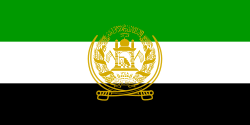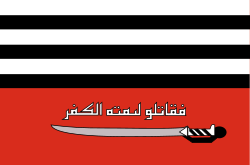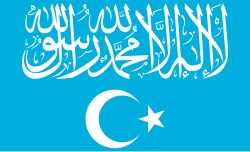| Flag | Date | Party | Description |
|---|
current |
|---|
 | 2005–present | | |
 | 2004–present | | Red flag with a yellow star in the canton. |
 | 2004–present | | |
| Link to file | 2003–present | | Party emblem on blue background. |
 | 1997–present | | Party emblem on blue background. |
| Link to file | 1992–present | | National flag from 1974-1978 with the party emblem instead of the national emblem. |
 | 1989–present | | Party emblem on blue background. |
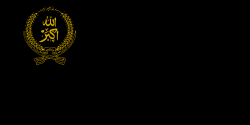 | 1979–present | | A black flag with a gold emblem in the canton. The emblem consists of crossed swords, a wreath of wheat and Takbir. |
 | 1972–present | | |
 | 1976–present | | Green flag with a white emblem. The emblem contains many symbols of the national emblem, to which the open Quran adds. There is also Shahada under the emblem. |
former |
|---|
 | 1975–1979 | | Green flag with a white emblem. The emblem contains many symbols of the national emblem, to which the open Quran adds. |
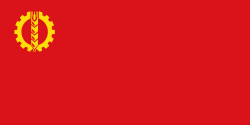 | 1965–1992 | | Red flag with gold party emblem in the canton. The emblem consists of an ear of wheat superimposed on a gear wheel. The emblem consists of an ear of wheat placed on a gear wheel, symbolizing farmers and workers. Another variant of the party's flag briefly served as the national flag. |
 |
 | | A red flag with the emblem moved towards the mast. The emblem consisted of PDPA symbols, a clenched fist, schematic mountains and a red star. |










































